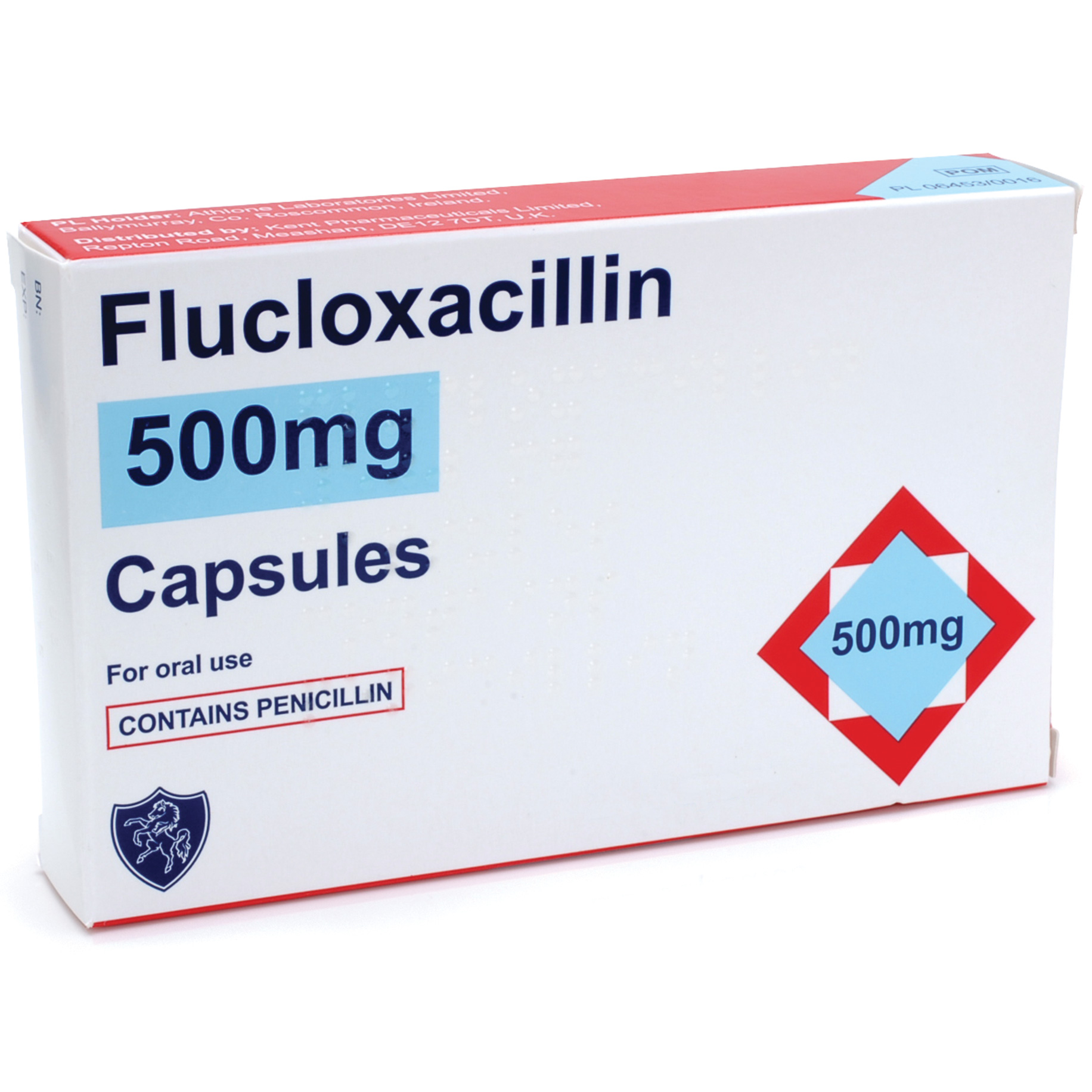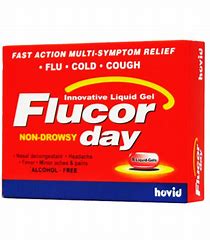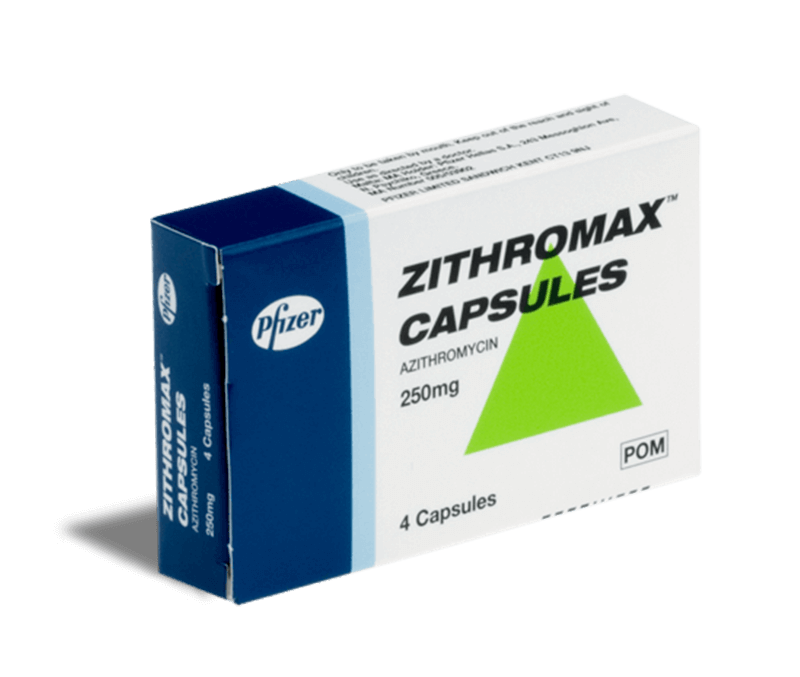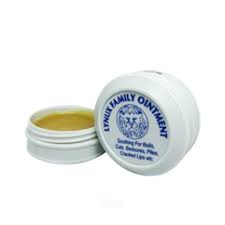Subtotal: ₵75.00
Antibiotics, Prescription Medication
Flucloxacillin
-
 Get 10% discount on your next order. Order now to qualify.
Get 10% discount on your next order. Order now to qualify.
-
 Get 20% cashback on apple app store. Use code P056
Get 20% cashback on apple app store. Use code P056
DELIVERY & RETURNS
Free shipping offer on Pilldoctor and get exclusive offers.
Location
-

Door Delivery Fastest delivery to the door for only 2 days. Don't miss exclusive offer.
-

Pickup Station Fastest delivery to the door for only 2 days. Don't miss exclusive offer.
-

Return Policy Fastest delivery to the door for only 2 days. Don't miss exclusive offer.
Description
Flucloxacillin is widely used in community practice for the treatment of both minor and more severe skin and soft tissue infections. It is recommended by the ‘Antibiotic Guidelines’ for these indications1 and, each year, more than one million prescriptions are subsidised by the Pharmaceutical Benefits Scheme (PBS). In many respects, flucloxacillin is a valuable and appropriate drug for skin and soft tissue infections. It has a narrow spectrum of activity ideally suited to covering the community acquired Grampositive pathogens, principally Staphylococcus aureus and Streptococcus pyogenes. Adverse effects are comparatively few, with upper gastrointestinal intolerance and rash being the most common.
What FLUCLOXACILLINis used for;
FLUCLOXACILLIN contains the active ingredient flucloxacillin. Flucloxacillin is an antibiotic that belongs to a group of medicines called penicillins. These medicines work by killing the bacteria that are causing infection.FLUCLOXACILLIN is used to treatinfections caused by bacteria. Examples of some of the infections that may be caused by bacteria include respiratory tract infections and skin or fleshy tissue skin infections.FLUCLOXACILLIN will not work against infections caused by viruses, such as colds or the flu.Your doctor may have prescribed FLUCLOXACILLINfor another reason.Ask your doctor if you have any questions about why FLUCLOXACILLIN has been prescribed for you.There is no evidence that FLUCLOXACILLIN is addictive.
✔️ Skin and soft tissue infections, such as abscesses, boils, cellulitis, impetigo, or infected ulcers, eczema, wounds or burns.
✔️ Chest infections, such as pneumonia, lung abscess.
✔️ Ear, nose and throat infections, such as sinusitis, tonsillitis, pharyngitis, quinsy, otitis media and otitis externa.
✔️ Bone infections (osteomyelitis).
✔️ Urinary tract infections.
✔️ Bacterial meningitis.
✔️ Blood infections (septicaemia or blood poisoning).
✔️ Bacterial infections of the lining of the heart or heart valves (endocarditis).
✔️ Bacterial infections of the intestine (enteritis).
✔️ Preventing bacterial infections during major surgery, eg heart or bone surgery.
Key facts about flucloxacillin
- Flucloxacillin is only available on prescription.
- This antibiotic is suitable for adults, pregnant women and children.
- Flucloxacillin usually needs to be taken four times a day. Space your doses evenly over the day and always complete the course.
- Take each dose on an empty stomach – this means at least an hour before or two hours after food.
- Keep bottles of flucloxacillin liquid in the fridge.
- The most common side effects are diarrhoea and feeling sick. See a doctor as soon as possible if you get diarrhoea that is severe, persistent or contains blood/mucus.
- It’s generally okay to drink alcohol in moderation while taking flucloxacillin. See below.
- How does flucloxacillin work?
Flucloxacillin belongs to a group of antibiotics called penicillins. It works by interfering with the formation of the bacterial cell walls. Flucloxacillin impairs the bonds that hold the bacterial cell wall together, which allows holes to appear in the cell walls. This kills off the bacteria causing the infection.
Flucloxacillin differs from other penicillin-type antibiotics. When bacteria become resistant to penicillin antibiotics they do this by producing an enzyme called penicillinase, which attacks the antibiotic and makes it ineffective at killing the bacteria. Flucloxacillin is not affected by this enzyme. This means it can be used to treat infections caused by bacteria that are resistant to other penicillin-type antibiotics.
To make sure the bacteria causing an infection are susceptible to flucloxacillin your doctor may take a tissue sample, for example a swab from the throat or skin, or a urine or blood sample. As with all other antibiotics, flucloxacillin does not kill viruses and will not work to treat viral infections, such as colds, flu and most coughs and sore throats.
Who can and can’t take flucloxacillin?
Flucloxacillin can be taken by most adults and children. It is not suitable for:
∙ people who have ever had an allergic reaction to a penicillin or cephalosporin-type antibiotic.
∙ people who have had liver problems or jaundice when taking flucloxacillin in the past.
Some people might need a lower flucloxacillin dose or extra monitoring. Make sure your doctor knows if you have liver or kidney problems, are over 50 years of age, have a serious underlying illness or have a history of allergies, such as asthma, eczema or hayfever.
Flucloxacillin when pregnant
Flucloxacillin is not known to be harmful when used during pregnancy. It can be used during pregnancy, though as with all medicines it’s important to make sure your doctor knows if you are pregnant before you start treatment.
Flucloxacillin is used to treat infections in babies and it can be used by women who are breastfeeding. However, as with all medicines, make sure your doctor knows if you are breastfeeding before you start treatment with this antibiotic.
Flucloxacillin passes into breast milk in small amounts and although this is unlikely to have any harmful effects on a nursing infant, it could theoretically affect the natural bacteria found in the baby’s mouth or gut. You should let your doctor know if your baby develops diarrhoea or oral thrush while you’re taking a course of flucloxacillin.
Flucloxacillin dosage
The dose of flucloxacillin and how long you need to take it for depend on the type and severity of infection you have, your age, weight and kidney function. Always follow the instructions given by your doctor. These will be printed on the label that your pharmacist has put on the packet of medicine.
🔹 Flucloxacillin is usually taken four times a day. Space your doses evenly over the day.
🔹 A typical dose to treat infection in an adult is 250mg to 500mg four times a day.
🔹 Each dose of flucloxacillin should be taken on an empty stomach, which means either an hour before or two hours after eating.
🔹 Swallow flucloxacillin capsules whole with a drink.
If you’ve been given flucloxacillin liquid you should shake the bottle before measuring out a dose. Always use a measuring spoon or oral syringe to measure out the prescribed dose; don’t use a normal teaspoon or tablespoon as this won’t give an accurate dose.
💡 If you forget to take a dose at the correct time you should take it as soon as you remember, and then space the rest of the day’s doses over the remainder of the day. Don’t take a double dose to make up for a missed dose.
Unless your doctor tells you otherwise, it’s very important that you finish the prescribed course of flucloxacillin, even if you feel better or it seems the infection has cleared up. Stopping the course early makes it more likely that your infection will come back and that the bacteria will grow resistant to the antibiotic.
Bottles of flucloxacillin liquid should be stored in a refrigerator (2 to 8°C). Make sure the medicine is out of the reach of children. The medicine keeps for 7 days; if there’s any left after this you should dispose of it, preferably by returning it to your pharmacist. Don’t pour it down the sink.
Flucloxacillin and alcohol
It’s usually fine – there is no ‘do not drink alcohol’ warning that applies to taking flucloxacillin because it doesn’t specifically affect the medicine itself.
However, if you feel unwell with your infection, or if you find flucloxacillin gives you an upset stomach, then drinking alcohol could make this worse. It’s also possible that drinking excessive amounts of alcohol with flucloxacillin could increase the risk of getting side effects on your liver.
Flucloxacillin side effects
Prolonged treatment with antibiotics can sometimes cause overgrowth of other organisms that are not susceptible to the antibiotic, for example fungi or yeasts such as Candida. This may sometimes cause infections such as thrush. Tell your doctor if you think you have developed a new infection during or after taking this antibiotic.
The following are some of the side effects that are known to be associated with flucloxacillin. Just because a side effect is stated here doesn’t mean that all people taking flucloxacillin will experience that or any side effect. Medicines and their possible side effects can affect people in different ways.
Common flucloxacillin side effects
- Upset stomach.
- Feeling sick or vomiting.
- Diarrhoea.
Very rare flucloxacillin side effects
➡️ Allergic reactions. See a doctor straight away if you get a skin rash or itching, breathing problems or swelling of the face, throat or tongue while taking flucloxacillin.
➡️ Inflammation of the large intestine (pseudomembranous colitis). Tell your doctor if you get severe, prolonged or bloody diarrhoea during or after a course of flucloxacillin. Don’t take a medicine to stop the diarrhoea such as loperamide.
➡️ Liver problems such as jaundice or inflammation of the liver (hepatitis), either during treatment, or up to a few months after treatment is finished. See your doctor if you get unexplained itching, sickness and vomiting, abdominal pains, loss of appetite, flu-like symptoms, yellowing of the skin or whites of the eyes, or unusually dark urine.
➡️ Aching muscles or joints.
➡️ Disturbance in the number of white blood cells or platelets in the blood.
Read the leaflet that comes with the medicine or talk to your doctor, nurse or pharmacist if you want any more information about the possible side effects of flucloxacillin.
Flucloxacillin and other medicines
Tell your doctor or pharmacist if you’re already taking any medicines, including those bought without a prescription and herbal medicines, before you start treatment with flucloxacillin. Similarly, check with your pharmacist before taking any new medicines while taking flucloxacillin, so they can check that the combination is safe. Some key points are:
Flucloxacillin and painkillers
It’s fine to take over-the-counter painkillers such as paracetamol, ibuprofen or aspirin while you’re taking flucloxacillin, assuming these are appropriate for you.
Flucloxacillin and contraceptives
Flucloxacillin doesn’t affect hormonal contraceptives such as the pill. However, if you experience vomiting or diarrhoea while taking this antibiotic, this can potentially make your pill less effective at preventing pregnancy. If this happens to you, follow the instructions for vomiting and diarrhoea described in the leaflet provided with your pills.
Flucloxacillin and anticoagulants
Flucloxacillin may rarely alter the anti-blood-clotting effects of warfarin. Your doctor may want to do extra tests of your blood clotting time (INR) if you are taking both medicines.
Flucloxacillin and methotrexate
Flucloxacillin may on rare occasions decrease the removal of the medicine methotrexate from the body, which could increase the risk of its side effects. If you’re taking methotrexate, your doctor may want to perform some extra checks while you are taking a course of this antibiotic. You should let your doctor know if you think you have experienced any new or increased side effects after starting this antibiotic.
Flucloxacillin and vaccines
The oral typhoid vaccine (Vivotif) should not be taken until at least three days after you have finished a course of flucloxacillin, because the antibiotic could make this vaccine less effective.
Product Ratings
Highest Ratings
There are no reviews yet.

 Corsodyl Daily Mouthwash
Corsodyl Daily Mouthwash 









